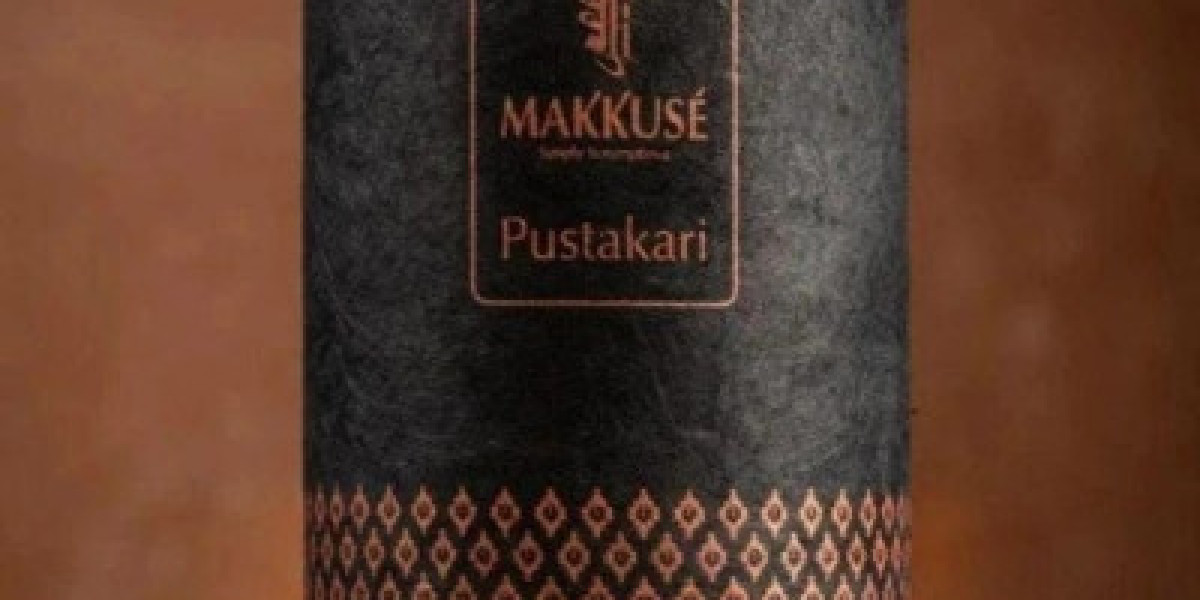Nepal is a country rich in culture, heritage, and culinary delights. Among its many traditional sweets, Pustakari stands out as a beloved treat that has been passed down through generations. In this article, we delve into the origins, preparation, and cultural importance of Pustakari in Nepal.
What is Pustakari?
Pustakari is a traditional Nepali candy made from molasses, ghee, and milk, often topped with coconut, dates, or nuts. The Kathmandu Valley, known for its rich culinary traditions, is particularly renowned for its refined preparation of Pustakari, where it is known in Nepal Bhasa as 'postikan'.
The process of making Pustakari involves boiling molasses with ghee and milk until it reaches a thick consistency. This mixture is then poured into molds and cooled to form solid pieces. The addition of coconut, dates, or nuts not only enhances the flavor but also adds a delightful texture to each bite.
The Cultural Significance of Pustakari
Pustakari holds a special place in Nepali culture, especially during festivals and celebrations. It is often prepared during major festivals like Dashain and Tihar, symbolizing prosperity and good fortune. Sharing Pustakari with family and friends is a gesture of goodwill and a way to celebrate togetherness.
Beyond its role in festivals, Pustakari is also a part of everyday life in Nepal. It is enjoyed as a snack with tea or as a sweet treat after meals. Its rich flavor and satisfying texture make it a favorite among both children and adults.
Pustakari Nepal: A Taste of Tradition
When we refer to Pustakari Nepal, we are not just talking about a sweet treat; we are celebrating a piece of Nepal's culinary heritage. The traditional methods of preparation, the use of local ingredients, and the cultural practices associated with Pustakari all contribute to its unique identity.
In recent years, there has been a resurgence of interest in traditional Nepali sweets, and Pustakari has found its way into modern markets. Artisanal producers are now crafting Pustakari with a blend of traditional techniques and contemporary flavors, ensuring that this cherished sweet continues to delight new generations.
Conclusion
Pustakari is more than just a candy; it is a symbol of Nepal's rich cultural tapestry. From its humble beginnings in the kitchens of the Kathmandu Valley to its place in modern markets, Pustakari continues to be a beloved treat that connects Nepali people to their heritage. Whether enjoyed during a festival or as an everyday snack, Pustakari remains a testament to the enduring traditions of Nepalese cuisine.










